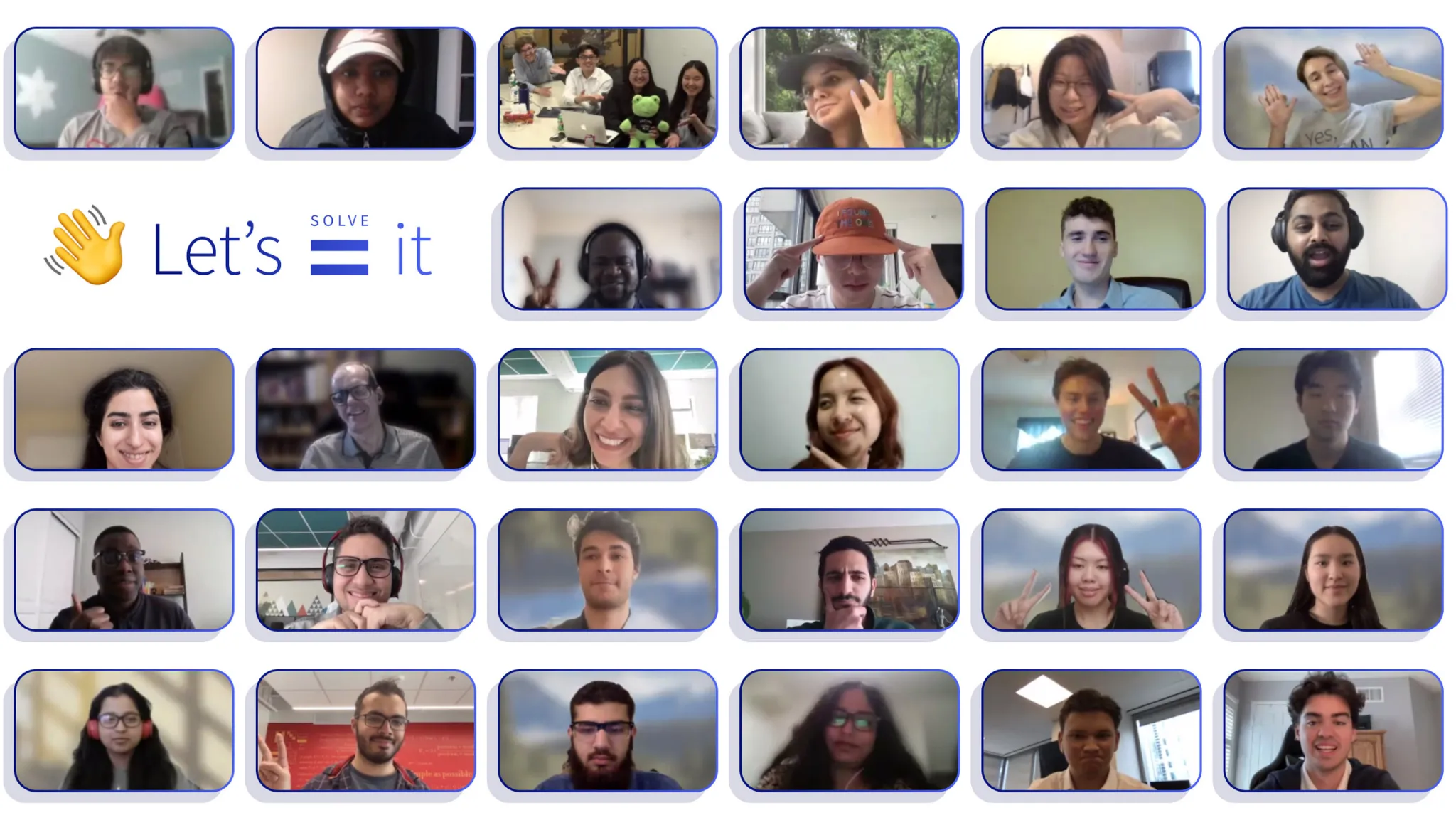As a part of this year’s RBC Borealis AI Lets Solve It Program, I worked in a team setting to develop a research paper and deliverables for our topic on utilizing deep learning for earthquake detection.
Program Overview
As quoted directly from them: At RBC Borealis, we firmly believe that AI can be a force for good. The program showed 30 mission-oriented students at Canadian universities how to use AI to make a positive impact on their communities. Over an eight-week mentorship and development program called Let’s SOLVE it, undergraduate students worked with RBC Borealis researchers, engineers and product development specialists to design an AI-enabled solution and create a proof of concept.
Application Process
The process for the program was a written application submission on our chosen project and then an interview with a member of the Borealis AI team to understand our project’s benefits, how we were planning to implement it and answer any other logistical questions.
Project Motivation
The project was inspired by our group’s passion for environmental sustainability and learning more about natural disasters and how we can better detect them to help with disaster mitigation and education or awareness efforts.
Project Development
We worked over the course of a few months as a group to plan out the deliverables, which included the white paper and presentation to RBC Borealis AI ML engineers and mentors who helped organize the program over the term.
Mentorship and Support
The program was helpful in that we were able to get weekly mentorship from ML engineers who were able to give us guidance on how to improve the model, and resolve any potential technical difficulties, and there were also workshops on how to make a good pitch and resources on intro to ML.
Project Mentors
- Elahe Najafabadi, RBC Borealis
- Meng Xia, RBC Borealis
Technical Implementation
Our team trained a convolutional neural network using over 100,000 seismic signal images to classify signals into ‘earthquake’ and ‘noise’ categories and to predict characteristics such as earthquake magnitude, earthquake p-wave arrival time, and earthquake s-wave arrival time.
Program Impact
As Dr. Eirene Seiradaki, Director of Research Partnerships, noted: “Let’s SOLVE it isn’t about delivering a single set of outcomes. It is about building a diverse AI talent pool with the skills, capabilities and inspiration to create positive and beneficial outcomes for their communities and society.”
The program brought together diverse participants:
- 30 undergraduate students across Canada
- Nearly half of the participants identify as female
- Representatives from various educational disciplines, from Computer Science to Biophysics and Organizational Studies
Closing Thoughts
It was really inspiring to learn from the other teams as well at the end of the presentation. I’m thankful to the RBC Borealis AI team for this opportunity!
